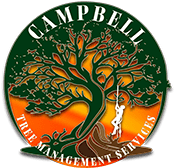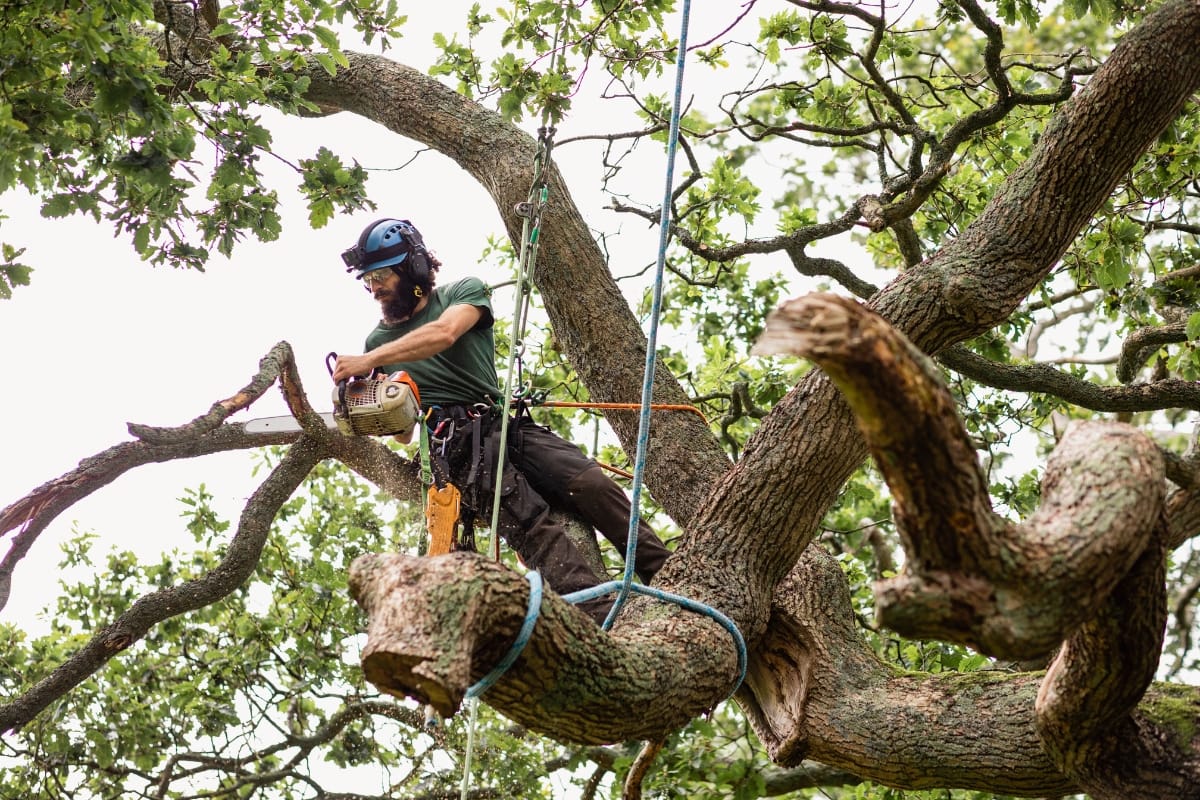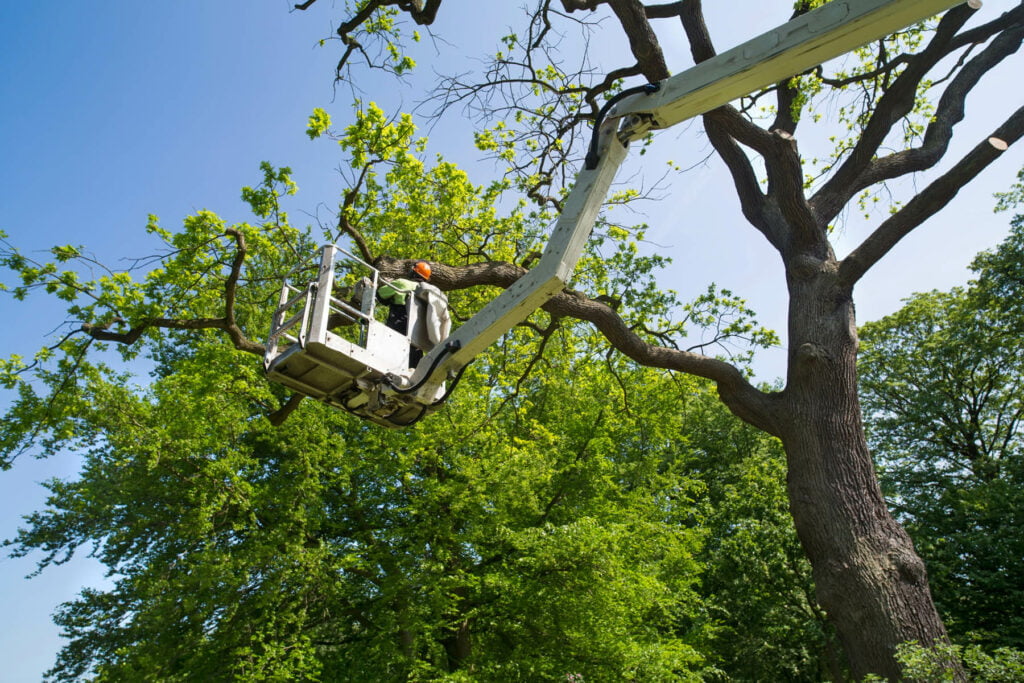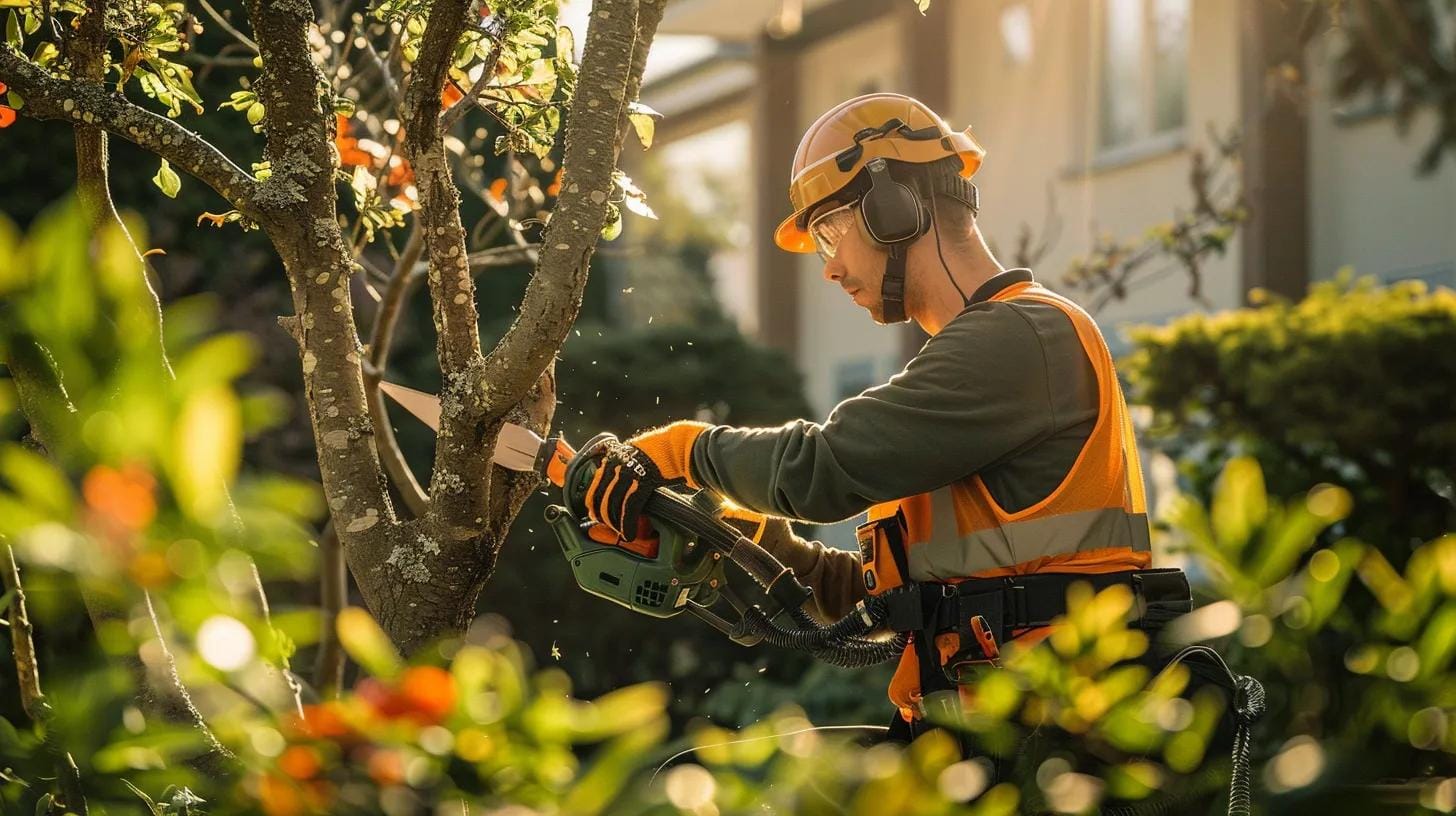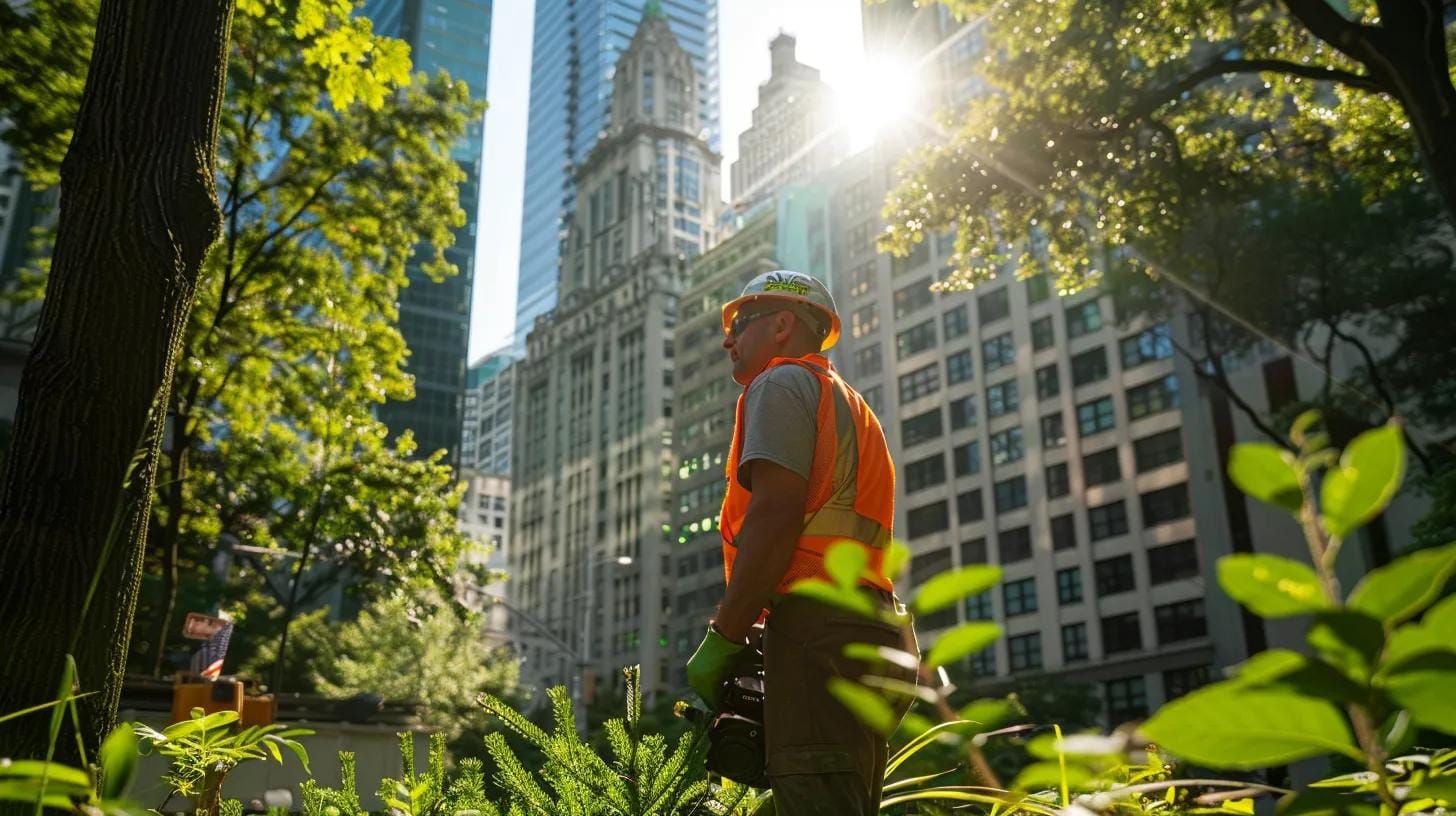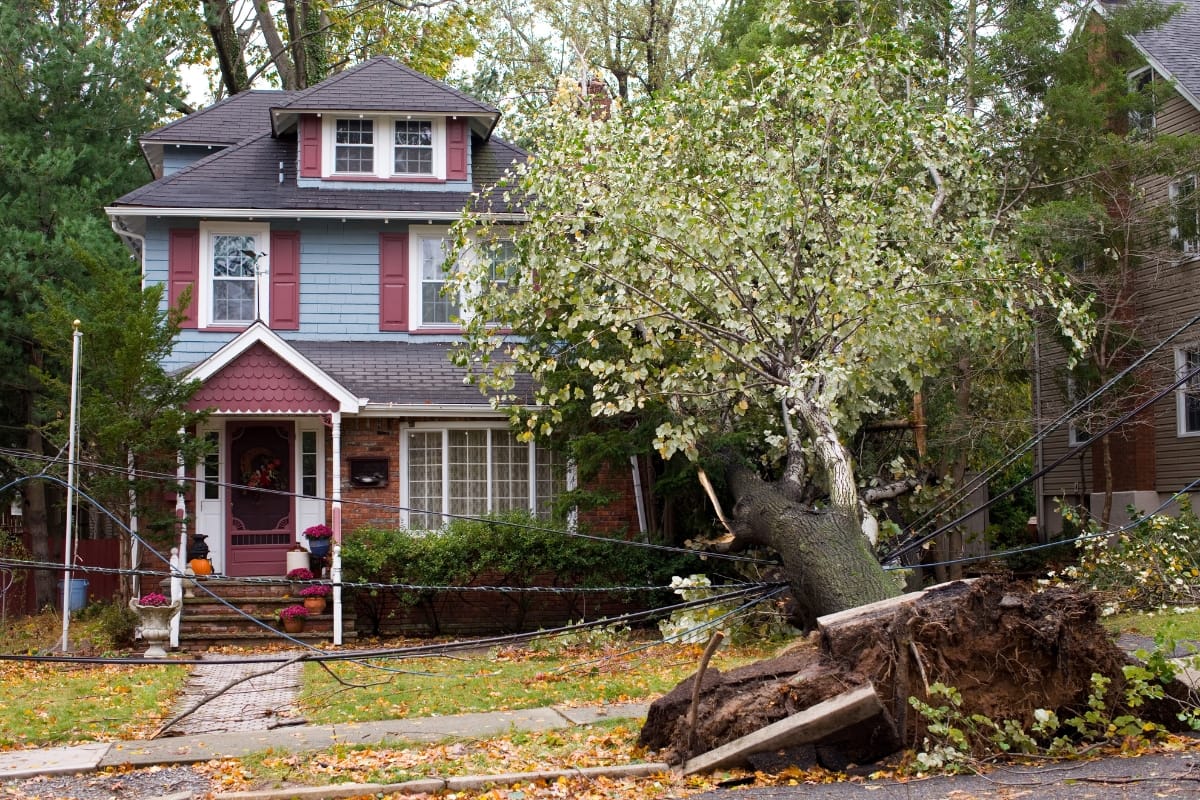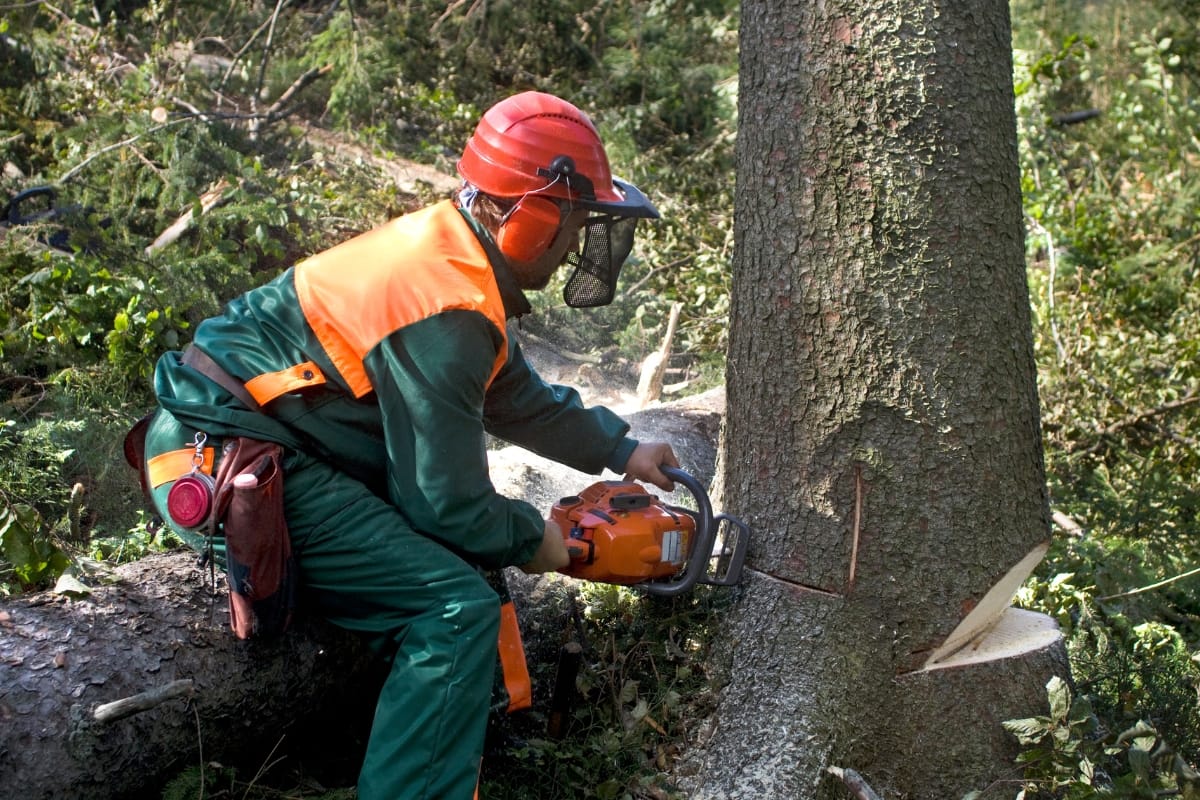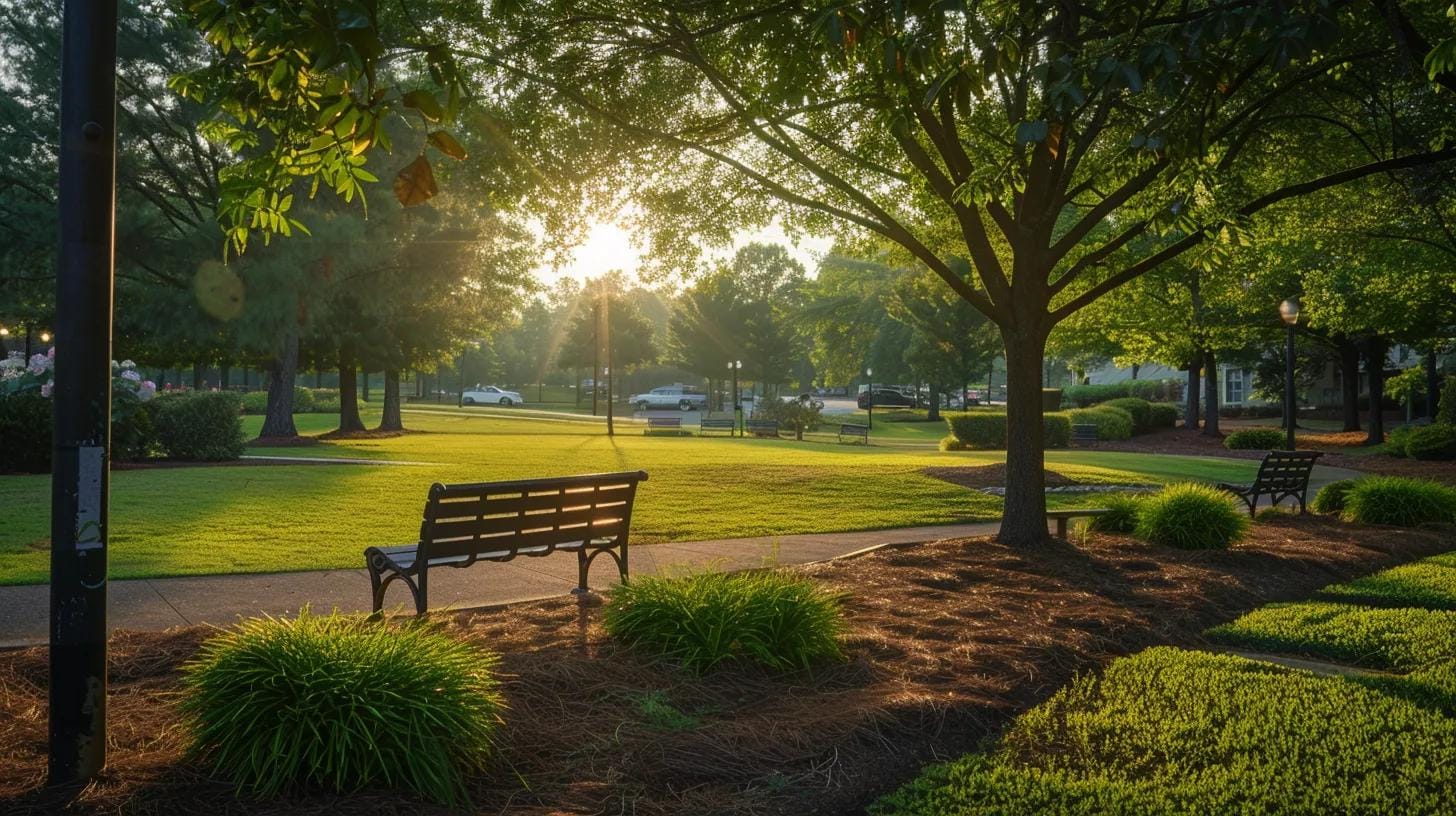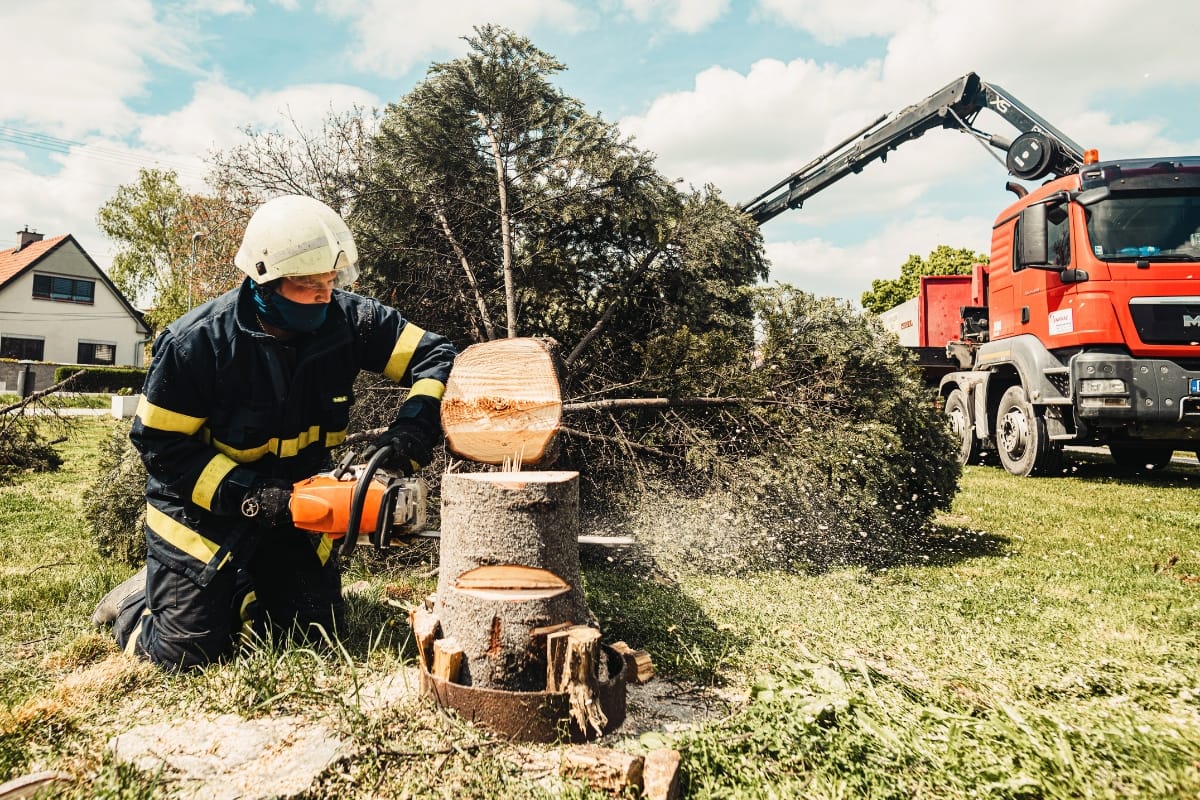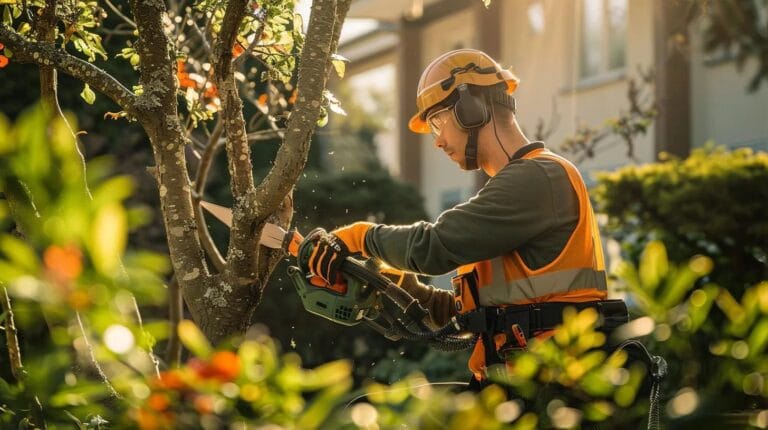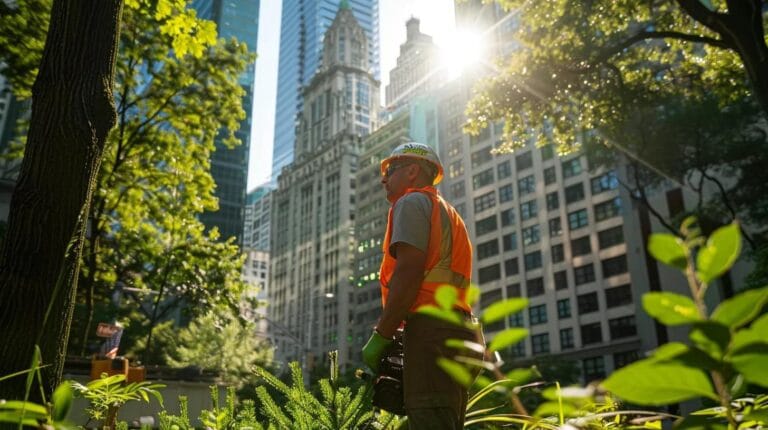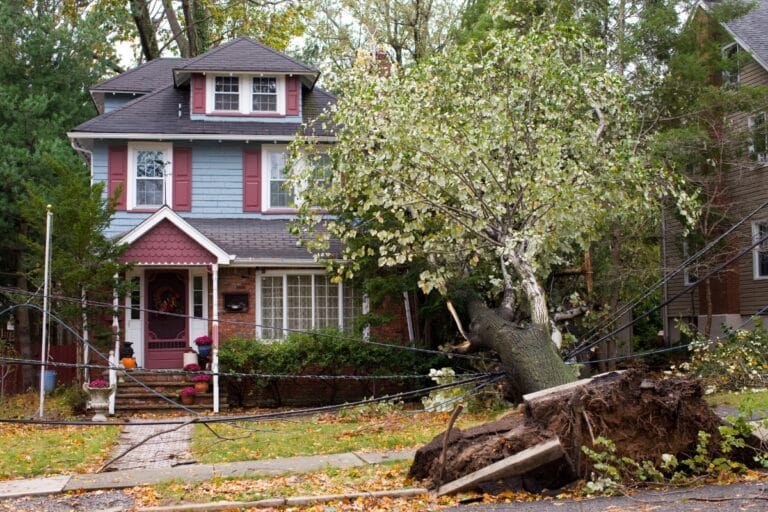Severe storms can wreak havoc on trees, posing significant risks to property and safety. This article explores effective storm damage tree removal in Atlanta, focusing on protecting homes and landscapes after extreme weather events.
You will learn about safe removal techniques, the benefits of professional services, and how to prepare for future storms. By understanding these crucial aspects, property owners can minimize risks and ensure their outdoor spaces remain safe and beautiful.
Storm Damage Tree Removal: Get Back to a Safe Yard
Understanding the Impact of Storm Damage on Trees
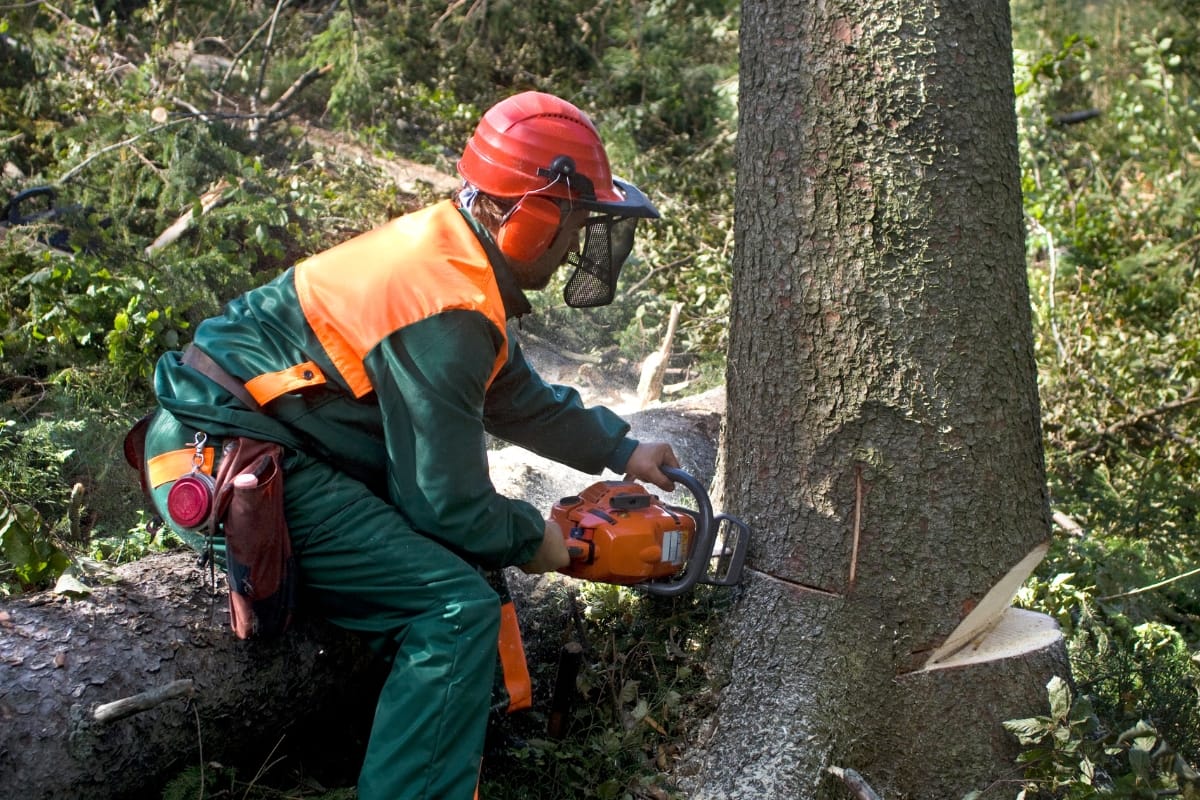
Storm damage can have a serious impact on trees, often creating hidden hazards that threaten both property and safety. After severe weather, it’s important to identify structurally compromised trees, as signs of damage aren’t always obvious.
A professional assessment ensures that any issues are promptly addressed and helps determine the right course of action. Recovery may involve careful pruning and debris removal, both critical to the tree’s health. Since different tree species respond to damage in unique ways, this also influences the assessment process, treatment methods, and associated costs.
Identifying Hazardous Trees After Severe Weather
After severe weather, identifying hazardous trees requires careful inspection of bark, branches, and root systems. Trees with split trunks, hanging limbs, or exposed roots pose immediate risks and may require prompt removal. Professional arborists assess tree stability, considering factors like pest infestations and branch collar integrity, to determine the best course of action.
Homeowners should document storm damage for insurance purposes and consult with local waste management services for debris removal. Regular tree maintenance, including proper pruning and pest control, can minimize storm-related hazards. Proactive care helps trees withstand severe weather events and reduces the likelihood of property damage:
- Inspect trees for visible damage
- Document findings for insurance claims
- Consult professional arborists for assessment
- Implement proper tree maintenance practices
- Arrange for safe removal of hazardous trees
Signs of Structural Damage in Trees
Structural damage in trees often manifests in visible signs on the trunk, branches, and roots. Cracks, splits, or peeling bark on the trunk indicate potential instability, while leaning trees or exposed root systems suggest compromised safety. Homeowners should inspect their landscape regularly, paying close attention to these indicators to protect their property and ensure lawn safety.
Branch damage, such as broken or hanging limbs, can pose significant risks to nearby structures and individuals. Professionals assess the extent of damage and determine whether pruning or removal is necessary. Documenting visible damage is crucial for insurance claims, as many policies cover tree removal costs when property is at risk.
The Importance of Prompt Tree Assessment
Prompt tree assessment following storm damage is crucial for mitigating risks and preventing further property damage. A certified arborist can quickly identify potential hazards, such as weakened branches or compromised root systems, that may not be immediately apparent to untrained eyes. This swift evaluation helps homeowners address emergency situations before they escalate, potentially saving time and money in the long run.
Professional assessments also consider factors like insect infestations or snow accumulation, which can exacerbate existing damage. By conducting timely inspections, arborists can recommend appropriate actions, whether it’s pruning, bracing, or complete removal, to ensure the safety of the property and its occupants. This proactive approach helps minimize the amount of green waste generated and reduces the risk of unexpected tree failures during future weather events.
Safe and Effective Tree Removal Techniques
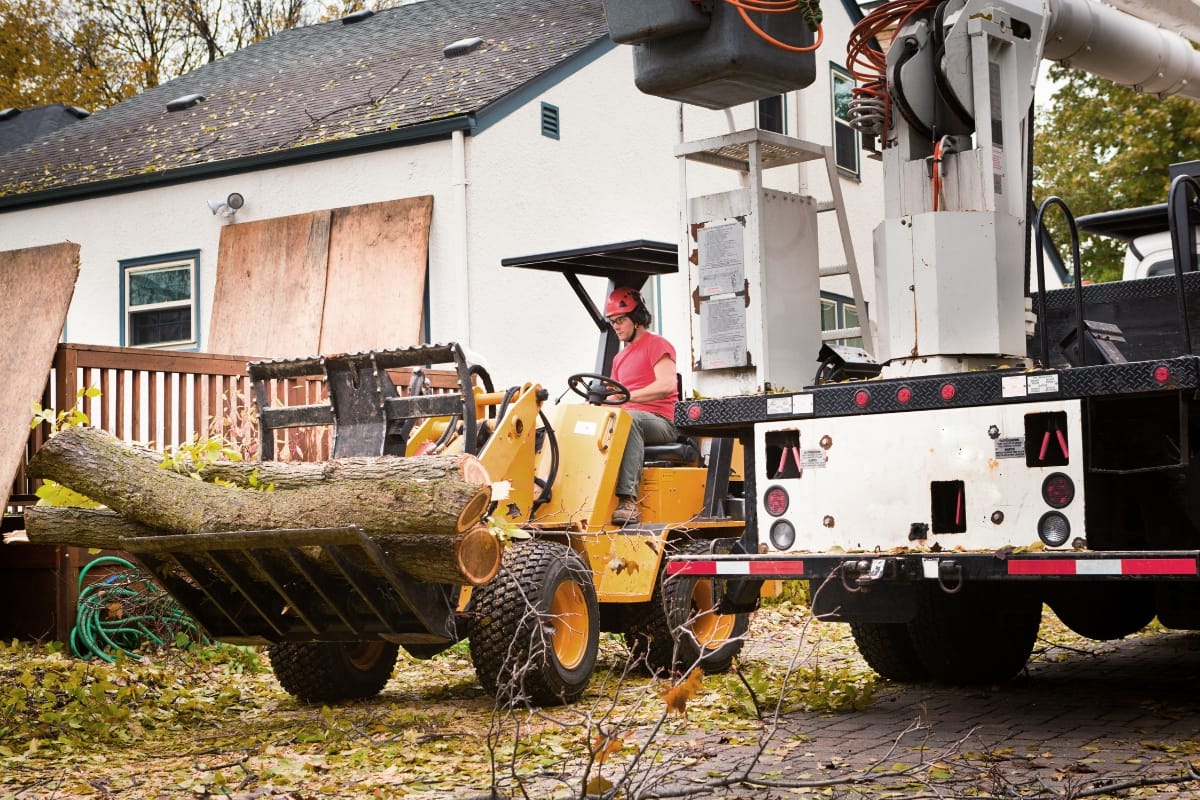
Safe and effective tree removal after storm damage requires specialized tools, equipment, and expertise. The process involves careful planning, proper personal protective equipment, and a step-by-step approach to ensure safety. Professionals assess factors like disease, rain impact, and potential for firewood use. Proper techniques minimize risks and maximize efficiency, with communication via email often used to coordinate removal efforts.
Tools and Equipment Used for Tree Removal
Tree care professionals employ a variety of specialized tools for safe and effective tree removal after storm damage. Chainsaws are essential for cutting through trunks and large branches, while pruning shears handle smaller limbs. Arborists also use ropes, harnesses, and climbing gear to access hard-to-reach areas safely.
In addition to cutting tools, tree removal experts utilize heavy machinery such as cranes and wood chippers. These machines help manage large trees and process debris efficiently. Proper equipment maintenance, including regular cleaning and sharpening, is crucial for preventing the spread of fungus and ensuring optimal performance during removal operations:
- Chainsaws for cutting trunks and large branches
- Pruning shears for smaller limbs
- Ropes and harnesses for safe climbing
- Cranes for managing large trees
- Wood chippers for processing debris
Step-by-Step Process of Storm Damage Tree Removal
The process of storm damage tree removal in Atlanta begins with a thorough assessment of the affected area. Professionals evaluate the extent of damage caused by severe weather, identifying hazardous trees and prioritizing removal based on the level of risk. This initial step ensures efficient allocation of resources and minimizes potential dangers to property and people.
Once the assessment is complete, the removal team proceeds with a systematic approach to tree removal. They carefully cut and lower large branches, ensuring control over falling wood to prevent further damages. The process often involves specialized equipment to handle trees affected by Atlanta‘s unique weather patterns. After removal, the team cleans up debris and processes wood for disposal or potential use as firewood:
- Assess damage and prioritize removals
- Safely cut and lower branches
- Use specialized equipment for removal
- Clean up debris and process wood
- Ensure property safety post-removal
Ensuring Safety During the Removal Process
Safety remains paramount during tree removal operations, with professionals implementing comprehensive risk management strategies. Arborists assess potential hazards, including unstable branches, root damage, and nearby structures, to create a secure work environment. Proper personal protective equipment, including helmets, safety glasses, and cut-resistant gloves, protects workers from falling debris and sharp tools.
Effective communication plays a crucial role in maintaining safety throughout the removal process. Teams use clear hand signals and radio communication to coordinate actions, especially when dealing with large trees or complex situations. Professionals also establish safe zones for bystanders and property, ensuring no one enters the work area during operations. This approach minimizes risks associated with falling limbs, flying debris, and heavy machinery:
- Assess site for potential hazards
- Use appropriate personal protective equipment
- Establish clear communication protocols
- Create safe zones for bystanders and property
- Manage risks associated with falling debris and machinery
Storms strike without warning, leaving a trail of fallen trees. Professional services offer swift, expert removal to restore safety and peace of mind.
Benefits of Professional Storm Damage Tree Removal Services
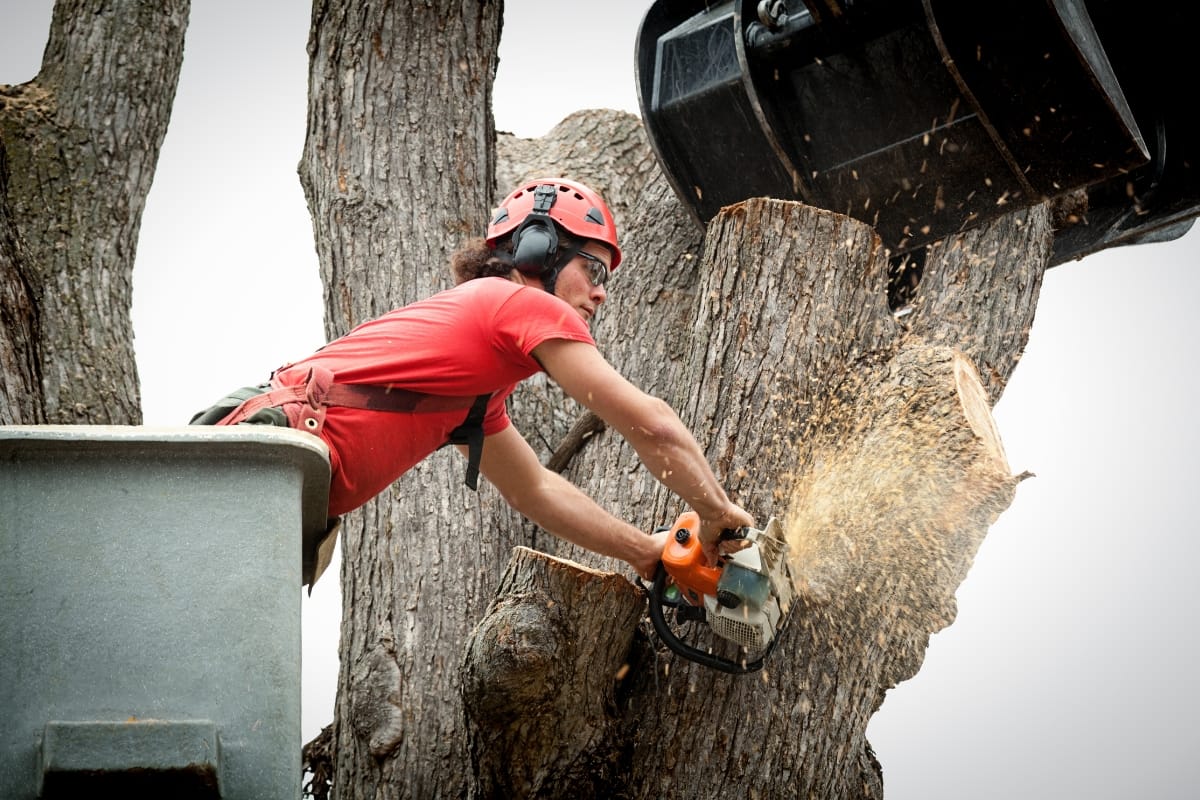
Professional storm damage tree removal services offer crucial benefits for property owners in Atlanta. These experts bring specialized knowledge in evaluating tree damage caused by severe weather, including drought and ice storms. Their expertise helps reduce risks of further property damage and ensures compliance with local regulations. Using advanced equipment like cranes, professionals can safely handle complex removals, preventing accidents and protecting landscapes across the United States.
Expertise in Evaluating Tree Damage
Professional arborists possess extensive knowledge in evaluating tree damage caused by severe weather. Their expertise allows them to assess soil conditions, root structure, and overall tree health, enabling accurate identification of potential hazards. This comprehensive approach to tree management ensures property owners receive tailored solutions for their specific situations.
Certified arborists utilize specialized gear to conduct thorough inspections of storm-damaged trees, including conifers. Their ability to identify subtle signs of structural weakness or disease helps prevent future accidents and property damage. This expertise in tree evaluation forms the foundation for effective storm damage mitigation strategies.
Reducing Risks of Further Property Damage
Professional tree removal services significantly reduce the risk of further property damage after storms. Experts conduct thorough inspections, using their knowledge of tree health and assessment tools to identify potential hazards. This comprehensive approach helps prevent issues like girdling roots or unstable branches from causing additional harm.
By addressing storm-damaged trees promptly, professionals mitigate risks associated with falling limbs or tree collapse. Their expertise in assessing tree health and structural integrity enables them to make informed decisions about removal or preservation. This proactive approach safeguards properties from future damage and ensures long-term landscape safety:
- Conduct thorough tree inspections
- Identify potential hazards using advanced tools
- Prevent additional damage from weakened trees
- Make informed decisions on removal or preservation
- Ensure long-term landscape safety
Compliance With Local Regulations
Professional tree removal services ensure compliance with local regulations governing storm damage cleanup and tree management. These experts understand the specific requirements for handling pine trees and other species, including proper disposal methods and necessary permits. Their knowledge of forestry practices helps property owners avoid potential fines or legal issues related to tree removal.
Certified arborists use specialized techniques, such as rope-based rigging systems, to safely remove damaged trees while minimizing injury to surrounding vegetation. This approach not only protects the property but also preserves essential nutrients in the soil, supporting the health of remaining trees and plants. By adhering to local regulations, these professionals help maintain the ecological balance of the area while addressing storm damage effectively.
The tree service crew departed, leaving behind a cleared space. Now came the task of restoring the property to its former beauty.
Post-Removal Clean-Up and Property Restoration
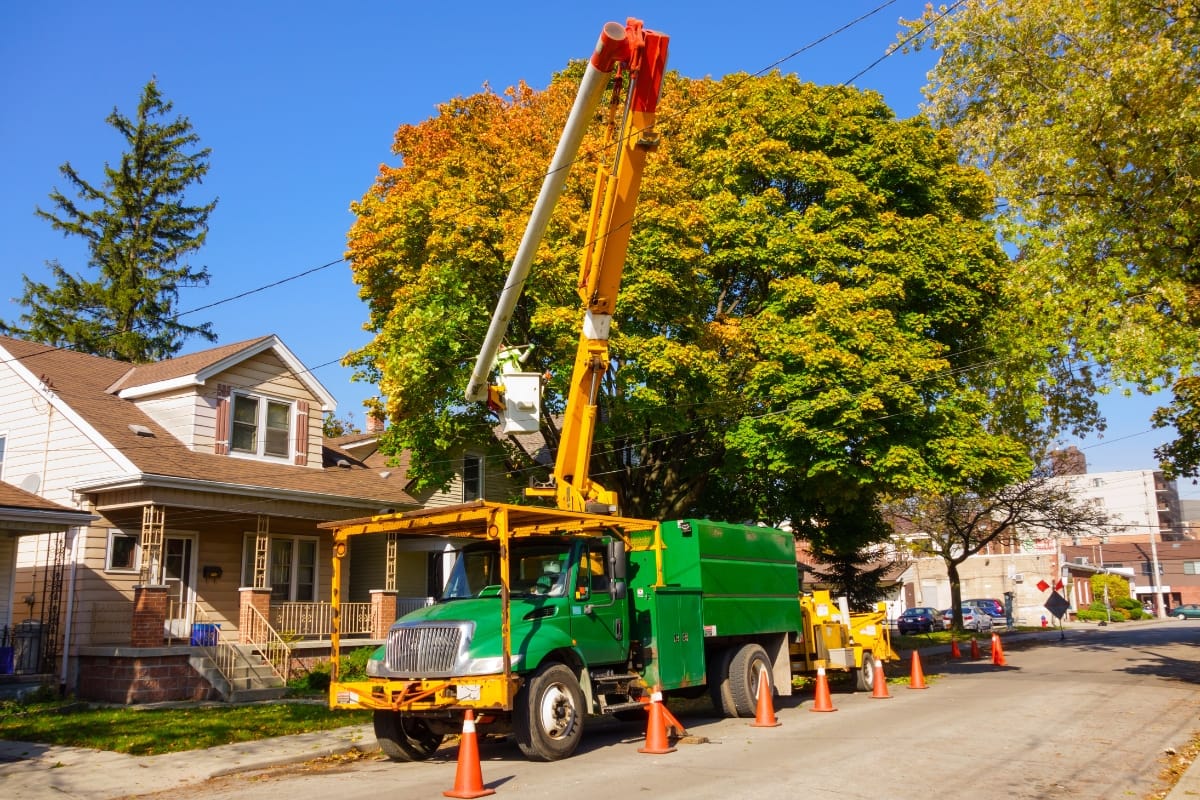
After storm damage tree removal, effective clean-up and property restoration are crucial. This process involves managing debris, including leaves, and restoring the landscape. Proper strategies for debris handling ensure efficient site clearance. Landscape restoration focuses on repairing damaged areas and replanting. Follow-up care for remaining trees helps maintain their health and prevent future issues.
Strategies for Debris Management
Effective debris management strategies play a crucial role in post-storm clean-up operations. Professional tree removal services employ systematic approaches to handle various types of debris, including branches, leaves, and tree trunks. They utilize specialized equipment such as wood chippers and hauling trucks to process and remove debris efficiently, minimizing disruption to the property.
Proper sorting and disposal of debris are essential for environmental compliance and resource optimization. Tree removal experts categorize materials for recycling, composting, or disposal, ensuring responsible waste management. They also coordinate with local authorities for timely collection of curbside debris, streamlining the clean-up process:
- Categorize debris for appropriate processing
- Utilize wood chippers for efficient material reduction
- Coordinate with local waste management services
- Implement recycling and composting practices
- Ensure proper disposal of non-recyclable materials
Restoring Your Landscape After Tree Removal
Restoring landscapes after tree removal involves assessing soil conditions and addressing any compaction or damage caused by equipment. Professionals evaluate the area’s drainage and sunlight exposure to determine suitable plants for replanting. They may recommend soil amendments or mulching to improve growing conditions and prevent erosion.
Landscape restoration often includes reseeding grass, planting new trees or shrubs, and repairing damaged hardscaping elements. Experts consider the property’s overall design and functionality when developing a restoration plan. They might suggest native species that thrive in Atlanta‘s climate, ensuring long-term landscape health and reducing maintenance needs.
Follow-Up Care for Remaining Trees
After tree removal, remaining trees require careful follow-up care to ensure their health and stability. Arborists assess these trees for storm-related stress, checking for broken limbs, wounds, or root damage. They perform necessary pruning to remove compromised branches and promote healthy growth, reducing the risk of future failures.
Ongoing monitoring of remaining trees helps detect potential issues early. Professionals may recommend soil treatments, pest control measures, or additional support systems to strengthen trees weakened by storm damage. This proactive approach enhances tree resilience, protecting property from future weather-related incidents and maintaining the landscape‘s aesthetic value.
Choosing the Right Service for Storm Damage Tree Removal in Atlanta
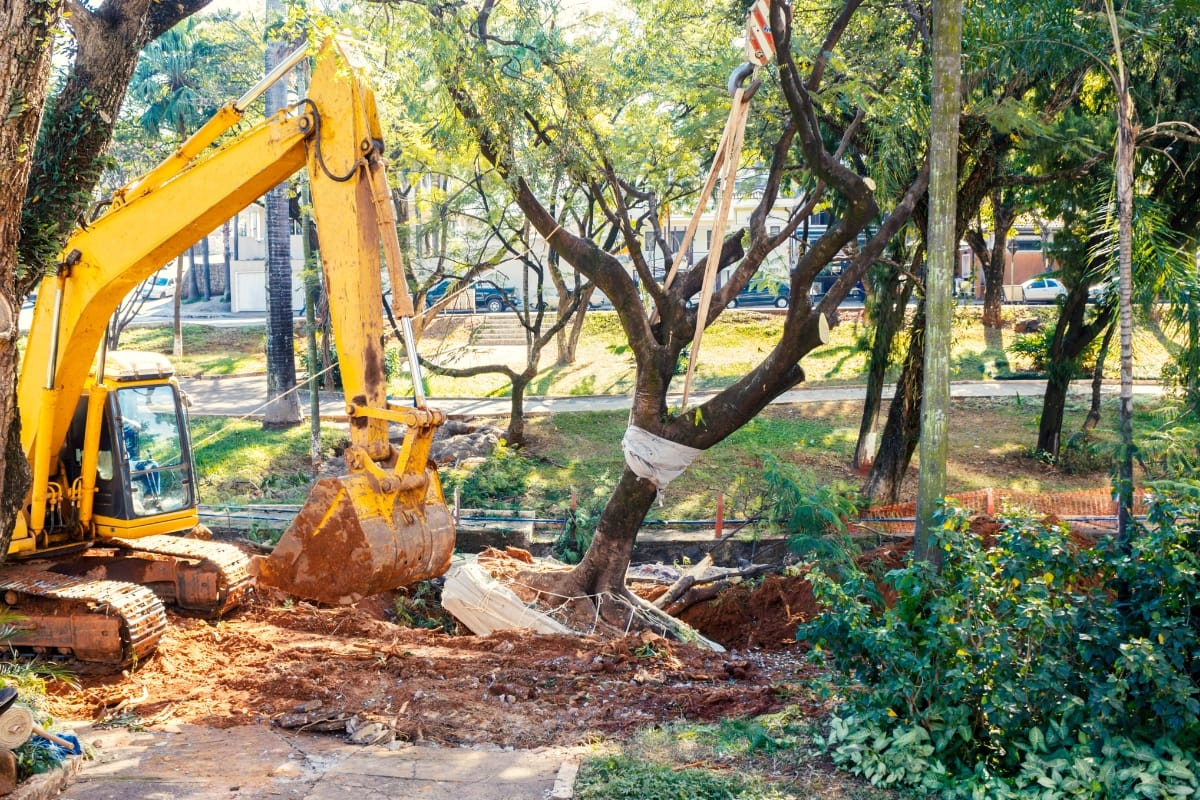
Selecting the right tree removal service in Atlanta after storm damage is crucial for property protection. Homeowners should evaluate companies based on qualifications, equipment, and safety practices. Customer reviews provide insights into service quality and reliability. Comparing costs and services helps ensure value for money while addressing specific storm damage needs.
What to Look for in a Tree Removal Company
When selecting a tree removal company in Atlanta, property owners should prioritize firms with certified arborists and extensive experience in storm damage response. These professionals possess the knowledge to assess tree health accurately and determine the most appropriate removal methods. Companies should also demonstrate proper licensing and insurance coverage to protect homeowners from liability during the removal process.
Homeowners should evaluate the company’s equipment and safety protocols. Reputable services utilize modern, well-maintained tools and adhere to strict safety standards to protect workers and property. The company’s ability to provide prompt service during emergency situations and their approach to debris management are also crucial factors to consider when choosing a storm damage tree removal service in Atlanta.
Importance of Customer Reviews and Testimonials
Customer reviews and testimonials provide valuable insights into a tree removal company’s reliability and service quality. These firsthand accounts offer potential clients a glimpse into the experiences of previous customers, helping them make informed decisions. Reviews often highlight aspects such as promptness, professionalism, and the company’s ability to handle complex storm damage situations effectively.
Homeowners should look for consistent positive feedback across multiple platforms when evaluating tree removal services. Reviews that mention specific details about the company’s storm damage expertise, equipment quality, and post-removal clean-up can be particularly helpful. Testimonials from property owners who have faced similar storm damage scenarios can offer reassurance and set realistic expectations for the service:
- Check reviews on multiple platforms
- Look for specific details about storm damage expertise
- Consider testimonials from similar situations
- Evaluate consistency of positive feedback
- Assess mentions of equipment quality and clean-up services
Comparing Costs and Services
When comparing costs for storm damage tree removal services in Atlanta, property owners should request detailed quotes from multiple companies. These quotes should itemize services, including debris removal and stump grinding, allowing for accurate comparisons. Homeowners must consider the scope of work required, as complex removals or emergency services may impact pricing.
Service comparisons should extend beyond cost, focusing on the company’s expertise in storm damage assessment and their ability to provide comprehensive solutions. Factors such as equipment quality, response time, and post-removal landscape restoration services play crucial roles in determining overall value. Property owners should weigh these aspects against cost to ensure they receive reliable, efficient service that addresses their specific storm damage needs.
The right service can make all the difference after a storm. Now, let’s look at how to prepare for future storms and reduce risks.
Preparing for Future Storms and Minimizing Risk
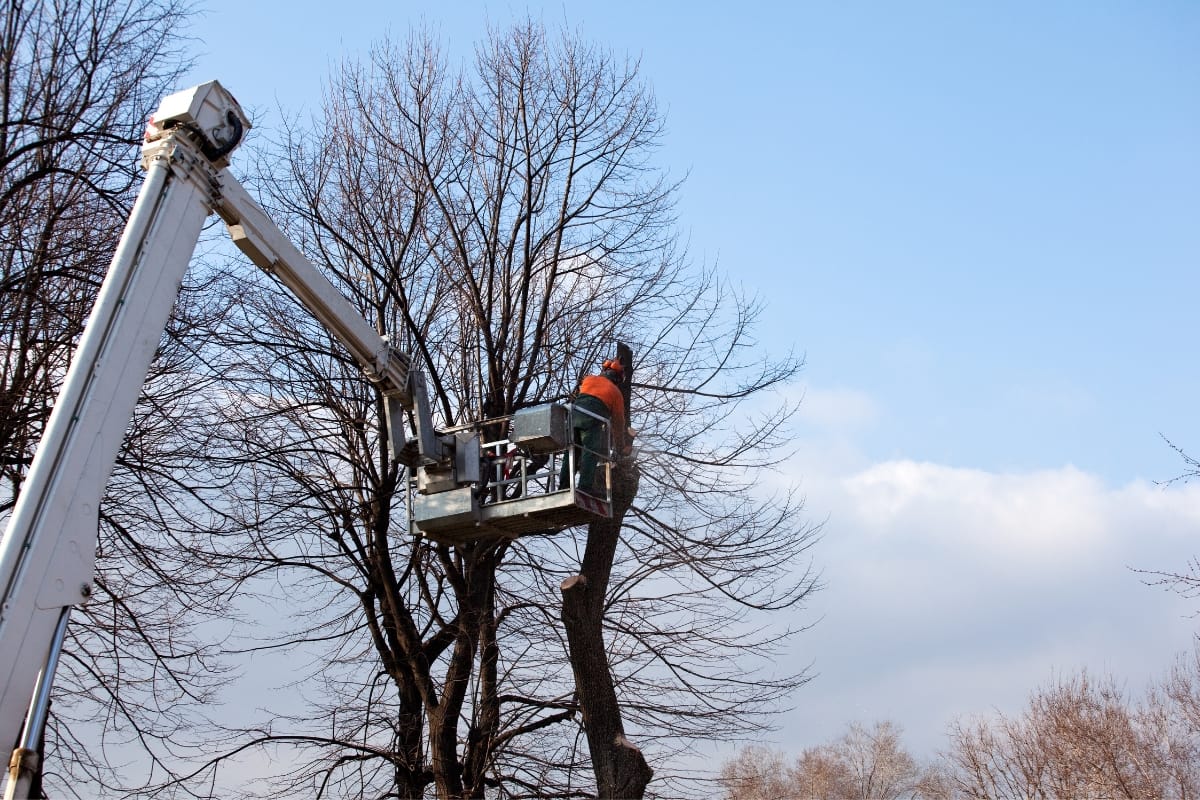
Preparing for future storms and minimizing risk involves proactive tree care and strategic planning. Regular maintenance practices help strengthen trees against severe weather. Effective landscaping strategies can protect property from potential damage. Creating an emergency response plan ensures quick action when storms strike. These approaches work together to enhance property resilience and reduce the impact of future weather events.
Regular Tree Maintenance Practices
Regular tree maintenance practices play a crucial role in preparing properties for future storms. Professional arborists conduct routine inspections to identify potential weaknesses in trees, such as dead branches or structural issues. They implement proper pruning techniques to improve tree health and reduce the risk of storm-related damage.
Effective tree care includes soil management and fertilization to promote strong root systems. Arborists may recommend cabling or bracing for trees with weak structures, enhancing their ability to withstand high winds. These proactive measures significantly reduce the likelihood of tree failure during severe weather events:
- Conduct regular tree inspections
- Implement proper pruning techniques
- Manage soil health and fertilization
- Install support systems for weak trees
- Address potential issues before storms occur
Landscaping Strategies to Protect Your Property
Effective landscaping strategies can significantly reduce the risk of property damage during severe storms. Property owners should consider planting wind-resistant tree species and maintaining proper spacing between trees and structures. Creating a buffer zone with shrubs and smaller plants helps absorb wind energy and reduces soil erosion, protecting the property’s foundation.
Strategic placement of hardscaping elements, such as retaining walls or drainage systems, can direct water flow away from buildings and prevent flooding. Homeowners should also regularly inspect and maintain gutters, downspouts, and grading to ensure proper water management during heavy rains. These proactive measures enhance property resilience against storm-related damage.
Creating an Emergency Response Plan for Your Trees
Creating an emergency response plan for trees involves identifying potential hazards and establishing clear protocols for action during severe weather events. Property owners should assess their trees’ health and structural integrity regularly, marking those that may pose risks during storms. This proactive approach enables quick decision-making when emergencies arise, minimizing potential damage to property and ensuring safety.
An effective emergency response plan includes contact information for local tree removal services, insurance providers, and utility companies. Homeowners should familiarize themselves with proper safety procedures and have basic tools on hand for minor debris removal. Documenting tree conditions through photographs aids in insurance claims and helps track changes over time:
- Identify and mark potential hazardous trees
- Compile emergency contact information
- Learn basic safety procedures for storm response
- Document tree conditions with photographs
- Prepare basic tools for minor debris removal
Frequently Asked Questions
How can I assess storm damage to trees on my property?
After a storm, inspect trees for broken or hanging branches, splits in the trunk, and uprooted or leaning trees. Look for exposed roots, soil heaving, and damaged bark. Assess the overall structure and stability of each tree, noting any changes in appearance or position compared to before the storm.
What safety precautions should be taken during storm damage tree removal?
During storm damage tree removal, safety is paramount. Professionals should wear protective gear, assess the site for hazards like downed power lines, and use proper equipment. They must carefully plan the removal process, considering tree stability and potential falling debris. Clear communication among team members is essential to prevent accidents.
Why is professional tree removal important after severe weather events?
Professional tree removal after severe weather events is crucial for safety, property protection, and ecological balance. Damaged trees pose risks of falling, causing injuries or property damage. Skilled arborists can assess tree health, remove hazardous branches, and prevent further damage to surrounding structures and landscapes.
How long does the clean-up process take after storm damage tree removal?
The clean-up process after storm damage tree removal typically takes 1-3 days, depending on the extent of damage and property size. Campbell Tree Management Services efficiently clears debris, grinds stumps, and restores the area, ensuring a safe and tidy landscape for Acworth residents.
What factors should I consider when choosing a storm damage tree service?
When selecting a storm damage tree service, consider the company’s experience, emergency response time, insurance coverage, equipment capabilities, and local knowledge. Evaluate their safety practices, certifications, and customer reviews. Ensure they offer comprehensive services, including debris removal and preventive care, to address all storm-related tree issues effectively.
Conclusion
Storm damage tree removal in Atlanta is crucial for protecting property and ensuring safety after severe weather events. Professional arborists possess the expertise to assess tree damage, implement safe removal techniques, and restore landscapes effectively.
Regular maintenance, strategic landscaping, and emergency preparedness are key to minimizing future risks and enhancing property resilience. By choosing qualified tree removal services and adopting proactive approaches, Atlanta homeowners can safeguard their properties and contribute to the overall health and safety of their urban forest.
Campbell Tree Management Services is your trusted partner for storm damage cleanup and safe, efficient tree removal. With experienced crews and a commitment to customer satisfaction, we’re ready to help you restore your landscape and peace of mind. Call us today at (770) 286-8058 or visit our website to request your free quote and take the first step toward recovering from storm damage with confidence.
